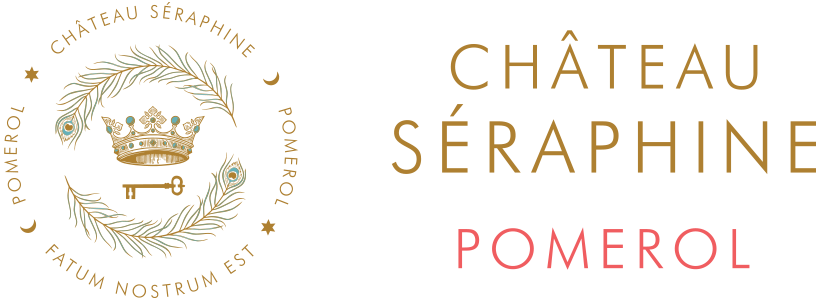Our Vines
Our vineyard has an overall surface of 2.2 hectares but is split into two parcels of vines.
At Plince we have 1 hectare of vines situated on a well-draining slope of sandy topsoil over clay and deep gravels and 0.4h of this plot was replanted with Cabernet Franc in April 2017 at 8000 vines per/h.
The second block at Mazeyres is 1.2h and is also laid out in two distinct sections. The first part consists of a raised deposit of deep gravels on 0.6h and is planted with old Merlot vines. The second part sits on a gently sloping 0.6h and is a patchwork of shallow sandy soils over gravels and blue clay (smectite) and was replanted with Merlot in April 2017 at 8,000 plants per/h.
We work exclusively by horse for all of our soil works including under row ploughing and tilling and employ eco-friendly viticultural practices. We do not work to a set timetable, preferring to adapt our viticultural practices to suit the health and maturity of the vineyards. We do this by carefully observing any small seasonal developments or changes to the climate and then employing our best efforts to meet the requirements of the current growing year.
This includes canopy management, de-budding, crop thinning and de-leafing are all meticulously carried out by hand to protect and maintain the correct yields and enhance quality.
“Deep ripe blackberry and briary scents on the nose intermixed with dark chocolate and hints of black truffle. Deceivingly understated on the entry, it packs a lot of intensity towards the finish. This is one to watch.”
Pomerol
The Pomerol appellation and its boundaries were only officially recognised in 1928 but the uniqueness of the divergent terroirs and soils here have remained unchanged for millions of years, combining a complex blend of clay, gravel, sand, crasse de fer and iron oxide, although it is the clay laden soils that produce the richest, densest, most opulent and flamboyant wines of sensuous and rich character.
Clay is a product of degraded limestone, which takes place because limestone is high in pH and calcium, which eventually breaks down due to time and erosion. Clay soils can also contain a high level of CEC, (Cation Exchange Capacity) which is important as it allows the soils to help bring more nutrients to the vines.
However, it is the famous blue clay or 'smectite' which is estimated to be close to 40 million years old and is incredibly dense that is so special as in wet vintages it acts as a sponge with an incredible ability to expand and retain water, but when the dry summer months arrive, the vines are still able to feed on the much needed moisture.
Chateau Séraphine also benefits in parts from this miracle clay which helps produce great wines that are sensuous and hedonistic, offering complex perfumes of truffles, chocolate, flowers, dark cherries, plums and exotic spices, that not only entice and beguile, but also reward careful cellaring and patience.

“It opens with the most beautiful perfume of plum preserves, violets, clove oil and cinnamon stick over a core of blue berry compote, Morello cherries and crushed rocks.”
— Lisa Perrotti-Brown MW, Wine Advocate





